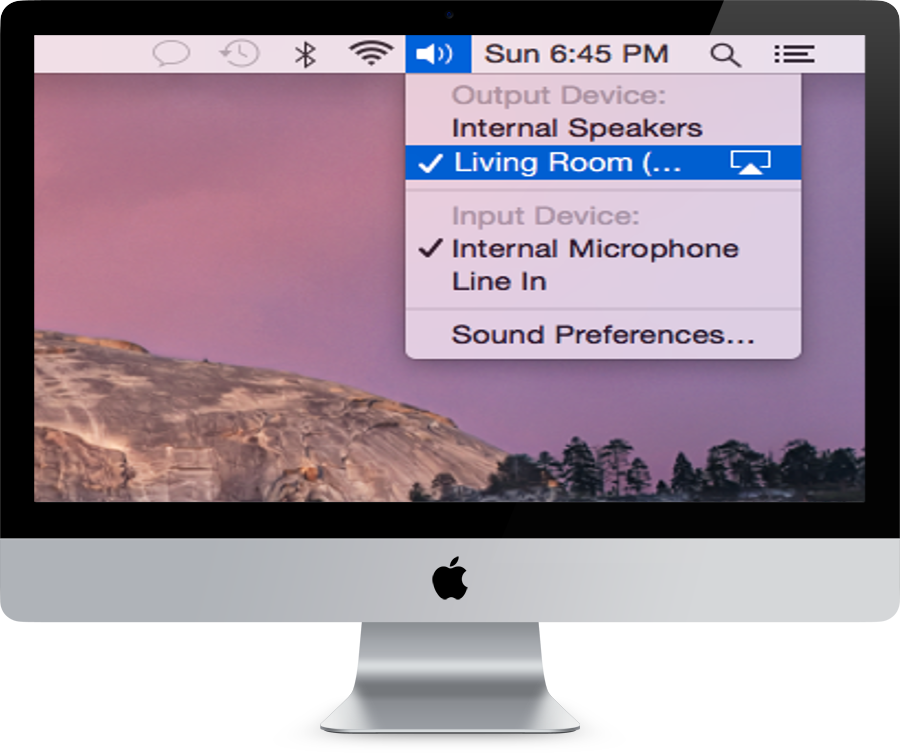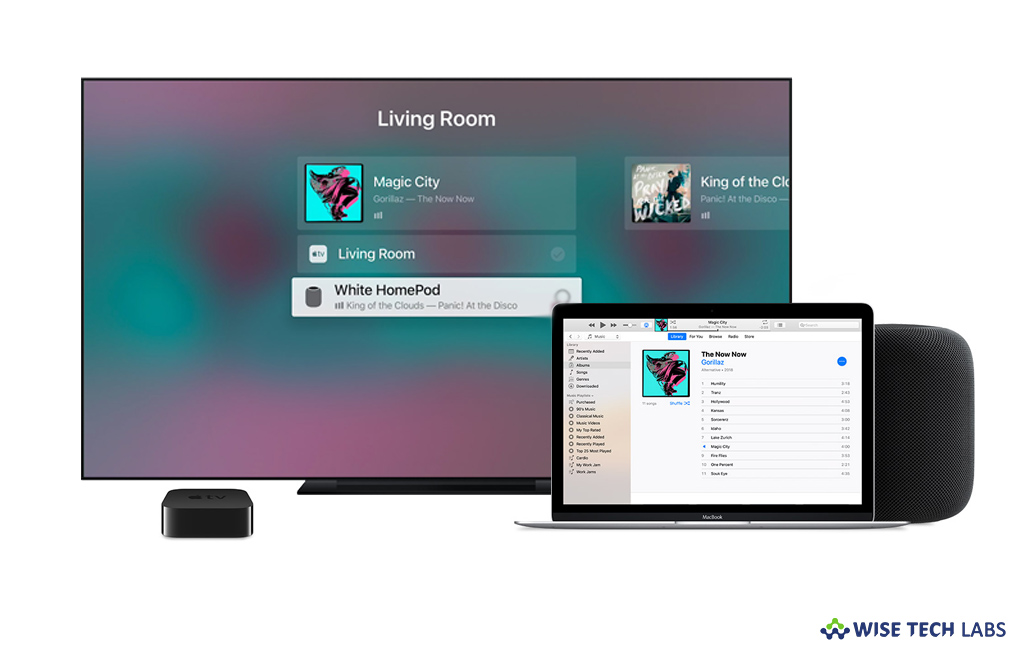Airplay For Mac
Get started
You can use AirPlay 2 on your Mac with iTunes. On iOS, AirPlay 2 is baked in at the system level, meaning that you can utilize it from any app that supports AirPlay audio so long as you have an AirPlay 2-compatible speaker like the Sonos One. On the Mac, this isn't the case. AirPlay is by far one of the most popular features of the Apple TV. On iOS devices, it allows the easy streaming of audio and video to an Apple TV so that you can enjoy watching a movie on your television with friends and family. On the Mac, however, it's not as simple. In this tutorial, we'll show. AirPlay is Apple's proprietary system that allows you to stream audio or video from an Apple source - iOS, HomePod or Mac computer - to another device over a home network. Now, AirPlay 2 expands. AirPlay (formerly called AirTunes) is Apple’s technology for streaming media over a local (usually in-home) network. It lets you stream audio from any Mac or iOS device to any AirPlay-enabled.
Make sure that your devices meet the requirements for using AirPlay. To use Siri to play and control video from your iOS device, add your Apple TV or AirPlay 2-compatible smart TV to the Home app and assign it to a room.
Airplay icon. At some point you've probably heard about AirPlay, a wireless streaming feature found on your iPhone, iPad, iPod Touch, or any Mac or Windows PC running iTunes.
AirPlay video from your iPhone, iPad, or iPod touch

- Connect your iOS device to the same Wi-Fi network as your Apple TV or AirPlay 2-compatible smart TV.
- Find the video that you want to AirPlay.
- Tap . In some third-party apps, you might need to tap a different icon first.* In the Photos app, tap , then tap .
- Choose your Apple TV or AirPlay 2-compatible smart TV. Need help?
To stop streaming, tap in the app that you're streaming from, then tap your iPhone, iPad, or iPod touch from the list.
*Some video apps on iOS might not support AirPlay. If you can’t use AirPlay with a video app, check the App Store for tvOS to see if that app is available on Apple TV.

If video automatically streams to an AirPlay device
Your iOS device might automatically AirPlay video to the Apple TV or AirPlay 2-compatible smart TV that you frequently use. If you open a video app and see in the upper-left corner, then an AirPlay device is already selected.
To use AirPlay with a different device, tap, then tap another device, or tap 'iPhone' to stop streaming with AirPlay.
AirPlay video from your Mac
- Connect your Mac to the same Wi-Fi network as your Apple TV or AirPlay 2-compatible smart TV.
- On your Mac, open the app or website that you want to stream video from.
- In the video playback controls, click .
- Select your Apple TV or smart TV. Need help?
Airplay For Mac Computer
To stop streaming video, click in the video playback controls, then choose Turn Off AirPlay.
Mirror your iPhone, iPad, or iPod touch
Use Screen Mirroring to see the entire screen of your iOS device on your Apple TV or AirPlay 2-compatible smart TV.
- Connect your iOS device to the same Wi-Fi network as your Apple TV or AirPlay 2-compatible smart TV.
- Open Control Center:
- On iPhone X or later or iPad with iOS 12 or later: Swipe down from the upper-right corner of the screen.
- On iPhone 8 or earlier or iOS 11 or earlier: Swipe up from the bottom edge of any screen.
- Tap Screen Mirroring.
- Select your Apple TV or AirPlay 2-compatible smart TV from the list. Need help?
- If an AirPlay passcode appears on your TV screen, enter the passcode on your iOS device.
Your TV uses your iOS device's screen orientation and aspect ratio. To fill your TV screen with the mirrored iOS device screen, change your TV's aspect ratio or zoom settings.
To stop mirroring your iOS device, open Control Center, tap Screen Mirroring, then tap Stop Mirroring. Or press the Menu button on your Apple TV Remote.
Mirror or extend your Mac display
With Apple TV or an AirPlay 2-compatible smart TV, you can mirror the entire display of your Mac to your TV or use your TV as a separate display.
- Connect your Mac to the same Wi-Fi network as your Apple TV or AirPlay 2-compatible smart TV.
- On your Mac, click in the menu bar at the top of your screen. If you don't see , go to Apple menu > System Preferences > Displays, then select 'Show mirroring options in the menu bar when available.'
- Choose your Apple TV or AirPlay 2-compatible smart TV. Need help?
- If an AirPlay passcode appears on your TV screen, enter the passcode on your Mac.
Change settings or stop mirroring
To change the size of your desktop mirrored on your TV, click in the menu bar. Then select Mirror Built-in Display to match the size of your desktop or Mirror Apple TV to match the size of your TV.
AirPlay also lets you use your TV as a separate display for your Mac. Just click in the menu bar, then select Use As Separate Display.
Airplay For Macbook
To stop mirroring or using your TV as a separate display, click in the menu bar, then choose Turn AirPlay Off. Or press the Menu button on your Apple TV Remote.
Learn more about mirroring or extending the display of your Mac.
Do more with AirPlay
Airplay On Mac Pro
- Use Siri on your iPhone, iPad, or iPod touch to play movies and TV shows, and control playback on your Apple TV or AirPlay 2-compatible smart TV.
- Use AirPlay to stream music, podcasts, and more to your Apple TV, HomePod, or other AirPlay-compatible speakers.
- Add and manage AirPlay 2-compatible speakers and smart TVs in the Home app.
- Learn what to do if you can't stream content or mirror your device's screen with AirPlay.
